Once the cradle of the great Roman Empire, today’s Rome is still as important to Europe today as it once was in that ancient global dynasty. It’s located on the Tiber River between the Apennine Mountains and the Tyrrhenian Sea. Called the “Eternal City,” Rome has so much to offer architecturally, culturally, and politically in today’s world much like it did when it was the base of a vast empire.
Rome’s holy heritage stems from historical serendipity, its roots in the fertile ground of ancient Rome’s propensity for myth, superstition and pagan observance. The Empire was a collecting ground of cults and religions. Rome was its great melting pot, mixing a heady brew of deities from Greek, Latin and Etruscan ingredients. Wandering the Forum, a person might have sampled any one of dozens of recipes for salvation—Mithraism, Judaism, the worship of Isis, Osiris, Atargatis, Christianity, Manichaeism—along with cults, such as the one devoted to Cybele, whose priests were expected to go through.
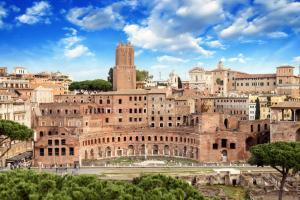
Ancient Ruins of Imperial Forum in Rome – Ancient Rome Tours
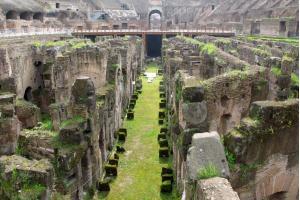
Underground of the Colosseum – Join Colosseum Underground Tour
We expect a lot of Rome—sent of empire, mother of civilization, caput mundi—the head of the world. It is the city of the Caesars, of romance, the city of the dolce vita, languorous sunny days, the city of endless galleries of art, of churches and museums, of fountain-splashed piazzas and majestic monuments to its golden age of empire.
Ancient Rome Tours & Tickets:
We regularly research and compare the Best Ancient Rome Tours & Tickets for you. You can find on this page Guided Ancient Rome Tours, Ancient Rome Small Group Tours and Ancient Rome Tickets for special activities:
Life in Ancient Rome
»Panem et circenses« – with free food and bloodthirsty games in the circus and amphitheatre, Roman emperors once kept their people happy, and the holders of political power increased their popularity and fame.
»Sports facilities, fountains, halls of marble, workshops and schools everywhere … charming spectacles of all kinds and countless festive contests« is how Aelius Aristides described Rome in AD 156, while the writer Juvenal obtained a totally different impression just a few decades earlier: »Even in the poorest village, life is better than here in the wild bustle of the capital with thousands of dangers, collapsing buildings and fires … Every night, wagons roll through the narrow, winding alleys, which are blocked by herds and resound with the drovers’ curses …«
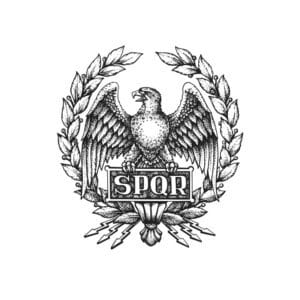
SPQR symbol of Roman Empire with Aquila eagle and laurel wreath.
Since it was completely impossible for supply vehicles to make their way through the crowded streets of the residential and commercial areas of the city during the day, when constant building work added to traffic congestion, the huge quantities of consumer goods for the daily needs of a population of about 1.5 million usually had to be hauled into Rome at night. Goods were offered for sale on two large central markets, in 190 granaries, in over 250 mills, as well as in countless warehouses, shops and kiosks, taverns and pubs.
Everyday Life in Rome
Eleven large aqueducts supplied Rome with water. In addition, there were approximately 1,150 wells in the city where most residents fetched their water or had it brought to them by water carriers; only the residences of the rich were connected to the supply of drinking water. Although there was a sewer system for sewage disposal, only a few private individuals and of course public institutions benefited from it.
The poorer residents, who lived in horribly crowded conditions in about 50,000 residential buildings up to six storeys high, carried their waste by the bucketful to a cesspit in the cellar or the nearest drainage ditch. The cramped quarters were illuminated with sooty tallow candles and heated with portable metal basins for coal; cooking was done over an open hearth.
The diet consisted mainly of a porridge made of grain and vegetables, bread, olive oil and salted fish. Approximately one quarter of Rome’s residents also depended on public distributions of grain. Emperors and persons of high rank gained the approval of the people by providing free food, drinks and sweets distributed before events in the circus or amphitheatre. Over time, the free distribution of food and regular entertainment, »bread and games«, became a way for those in power to prevent social unrest and to boost their popularity and fame. The Romans had plenty of spare time. The plebs, usually landless farmers who had fallen into poverty and destitute war veterans, lived on the street and were thankful for any distraction. The rich had others to work for them and could thus enjoy their leisure. Only manual workers and slaves really had to work hard from the early morning.
Ancient Rome: Life or Death
In the Colosseum, the bloody games started in the morning with the presentation of the gladiators – their name is derived from the word gladius, meaning sword. They completed a lap of honour dressed in magnificent robes, and are said to have paid homage to the emperor with »Hail Caesar! We who are about to die salute thee!«, only to depart and allow all sorts of jugglers, dwarves and other bizarre performances to take place first. Later, fanfares announced the appearane of the gladiators, who were variously equipped with shields, swords or lances, armour plates on their arms and legs, or with a shoulder guard, net and spear, and fought out a life-or-death battle.
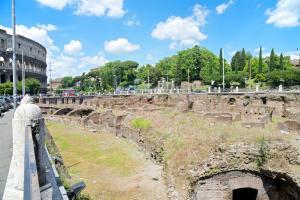
Remains of Ludus Magnus, Rome, Italy
The victors were celebrated as popular heroes, and it was not unusual for a rich patrician lady to choose a gladiator as her lover for the night. The fighters were recruited from prisoners of war, convicted criminals and a few volunteers, all of whom had to undergo a tough training programme. The enthusiasm of the Romans for these bloody spectacles is difficult to comprehend today, but was clearly based on serious and genuine beliefs about discipline, endurance, bravery in the face of death and willingness for self- sacrifice.
However, Seneca the younger voiced massive criticism of this questionable amusement: »In the morning, people are thrown to lions and bears, and at noon, to the spectators. The spectators demand that the victorious murderers are thrown back to those who shall murder them, and keep back the victors for new murders.«
Ancient Rome Tours Photo Gallery:

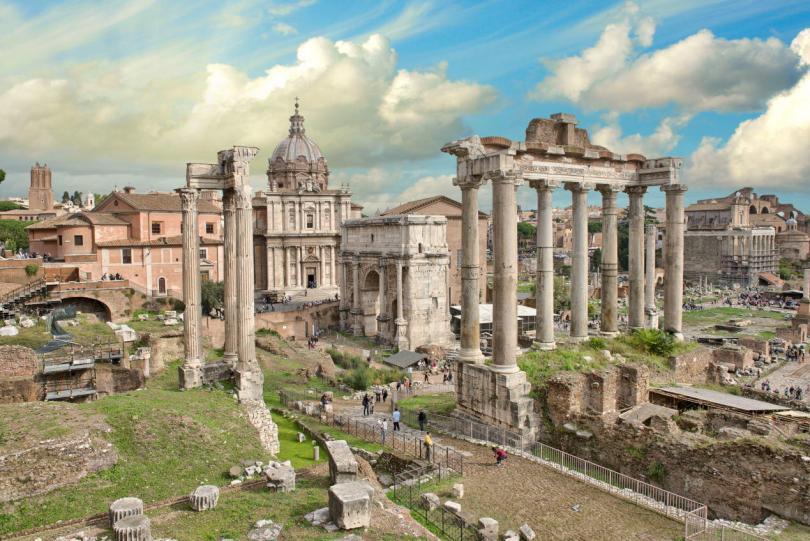

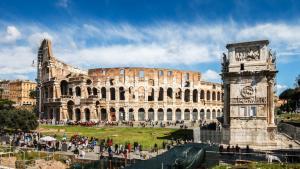


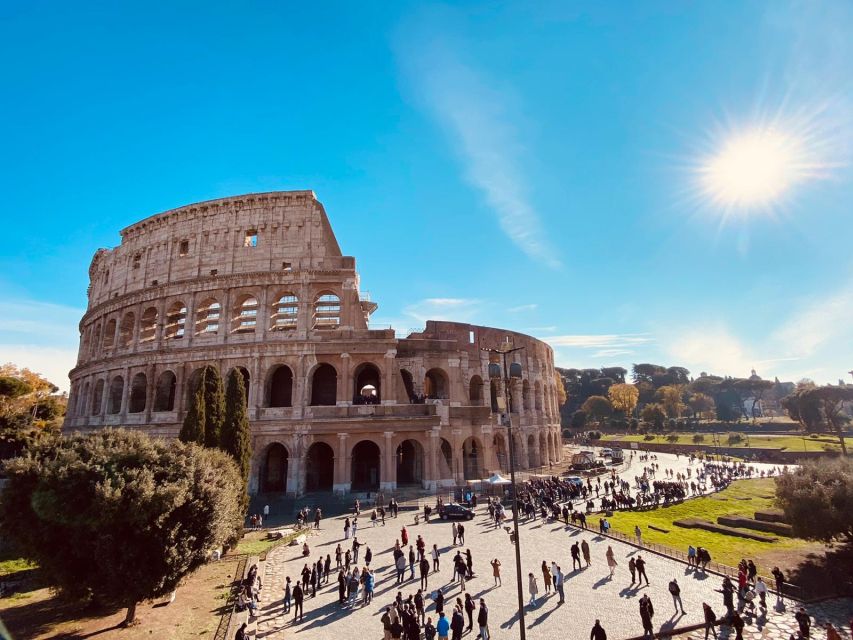
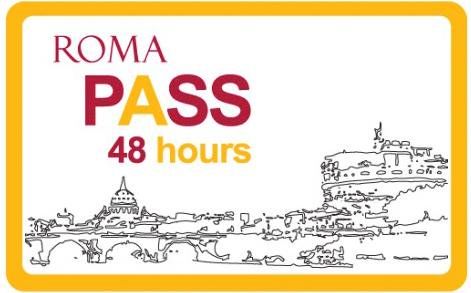
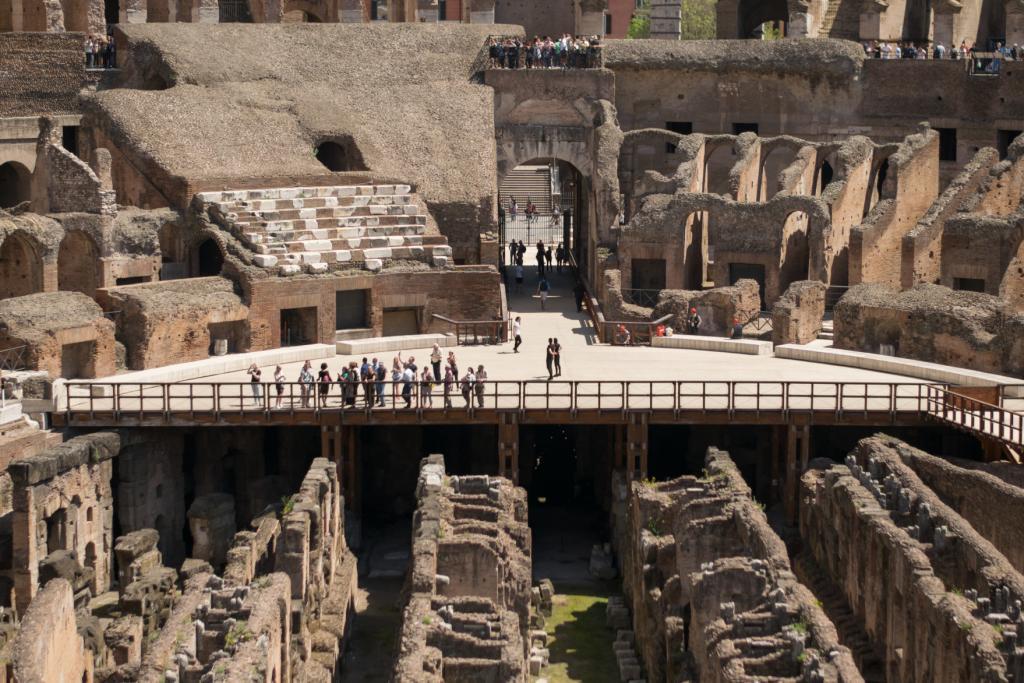

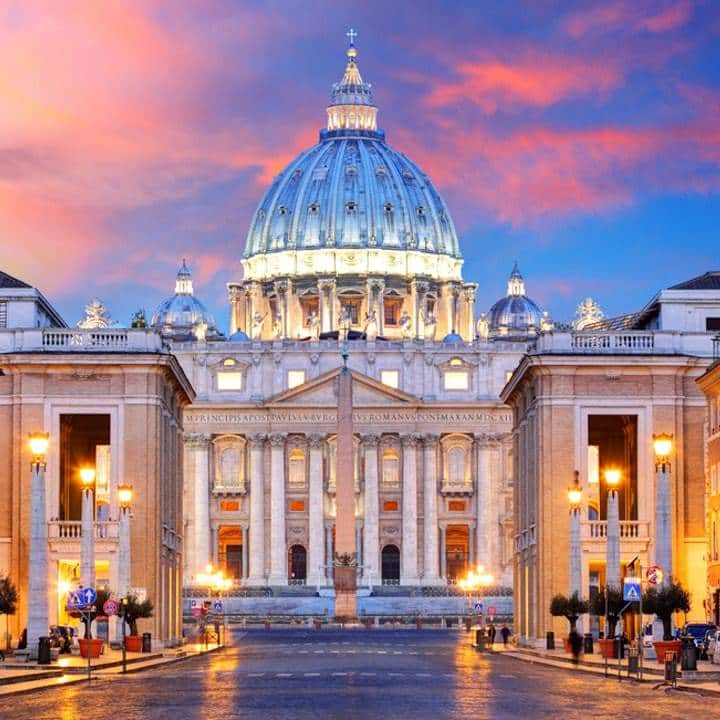

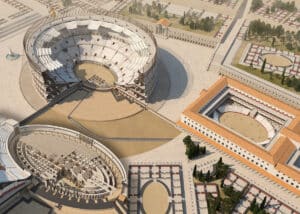
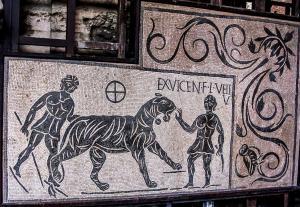
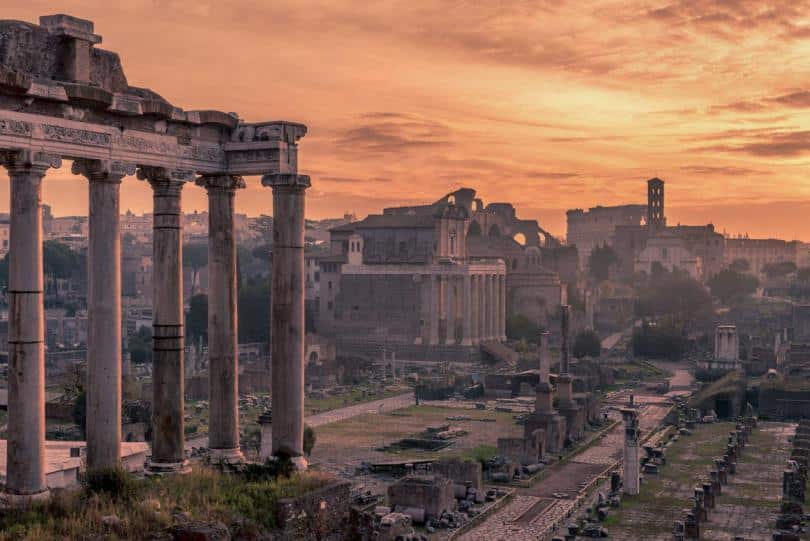

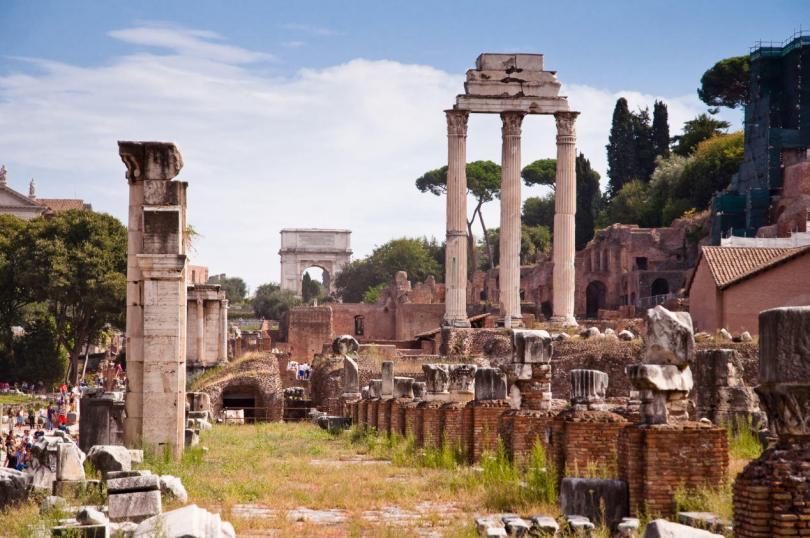

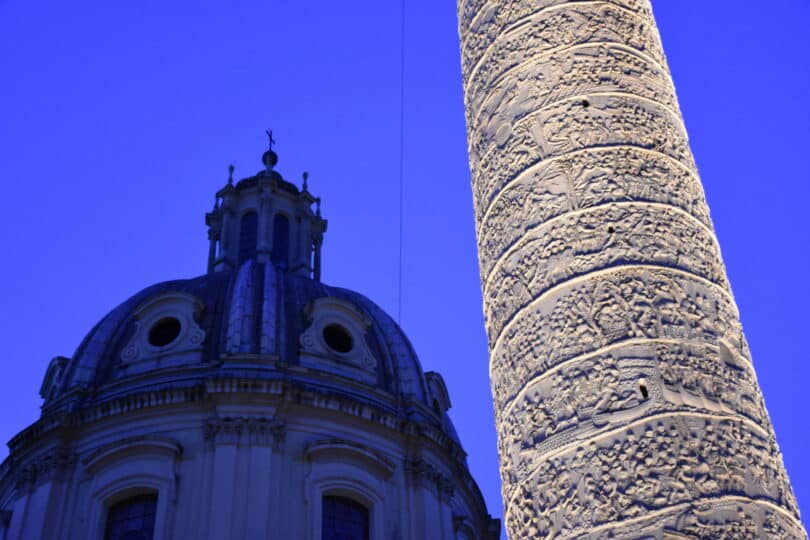
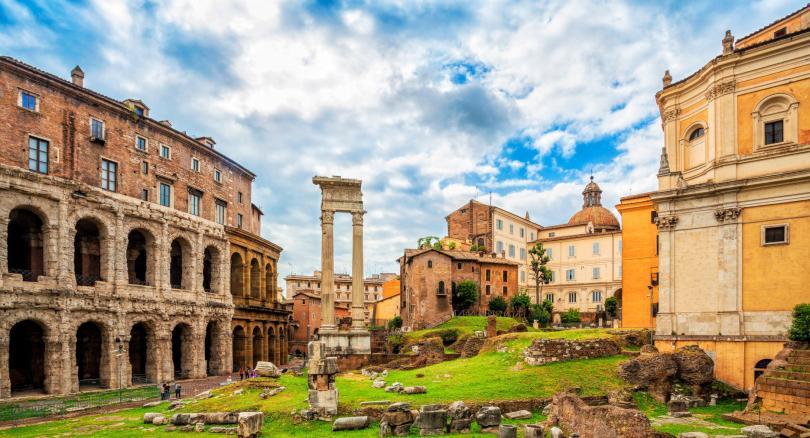

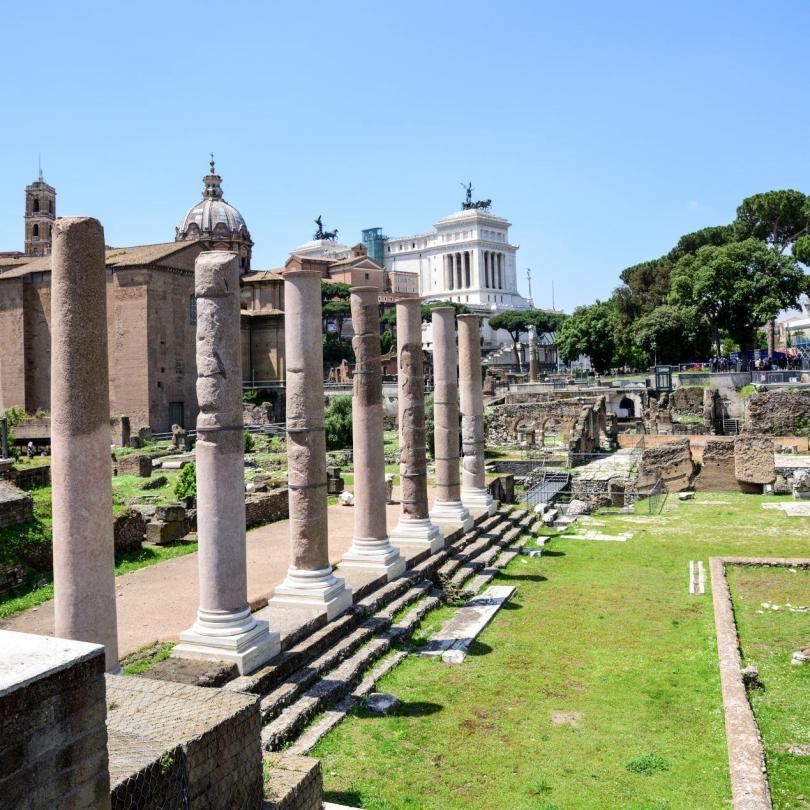

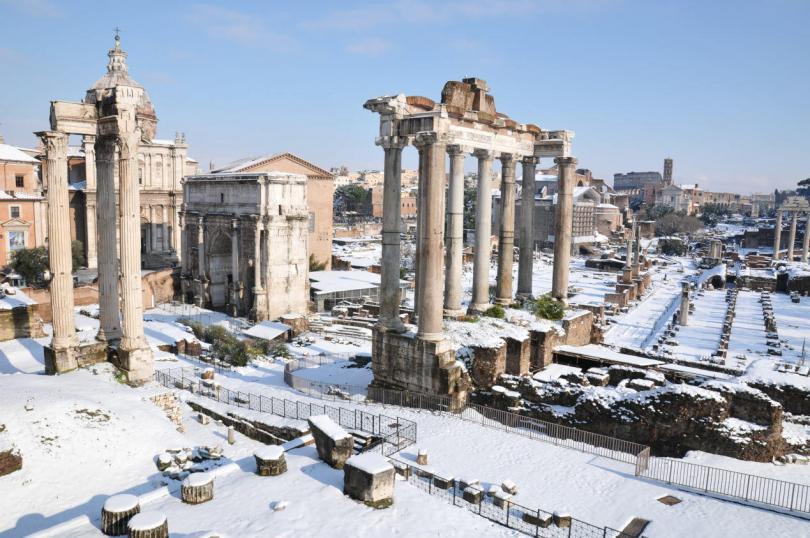
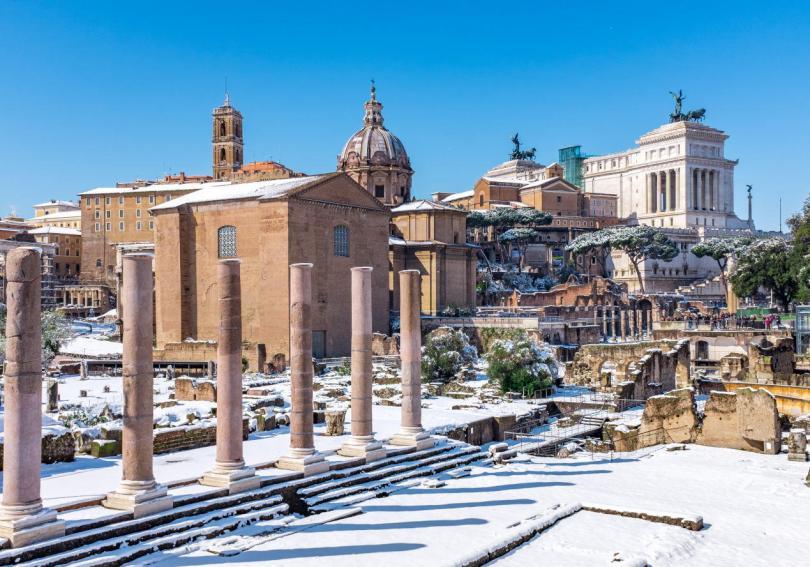
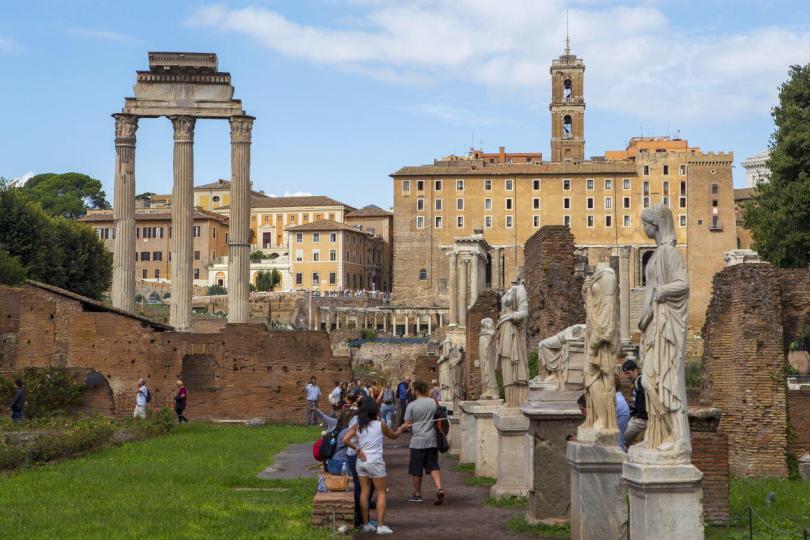
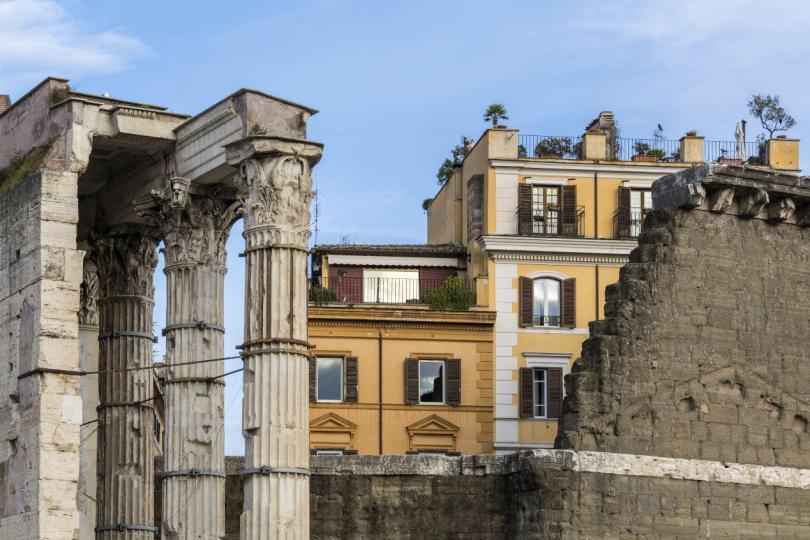

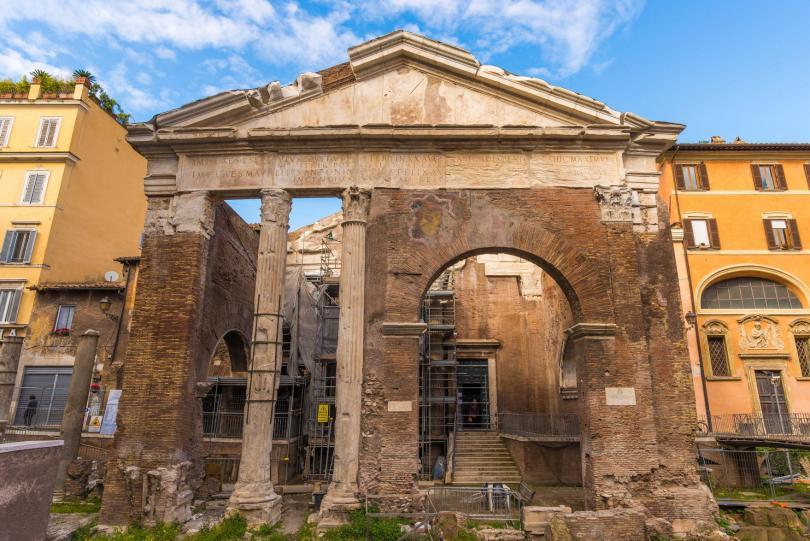
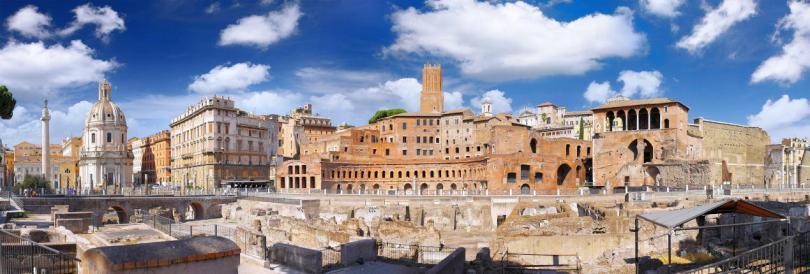
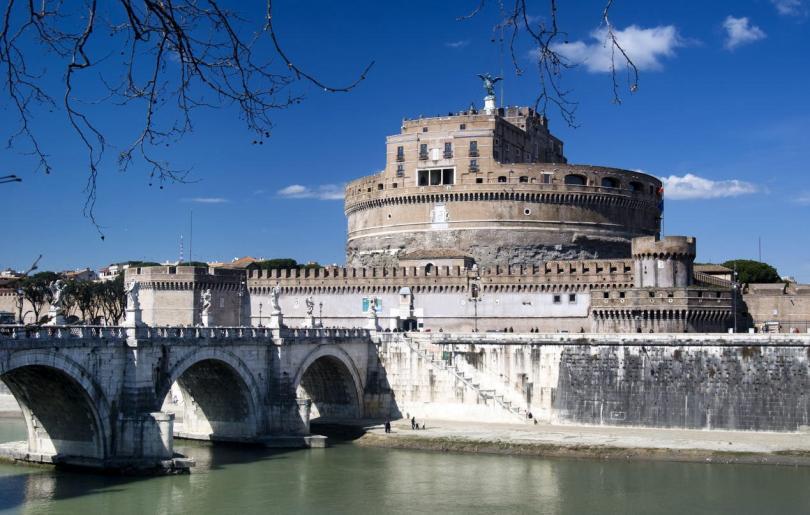

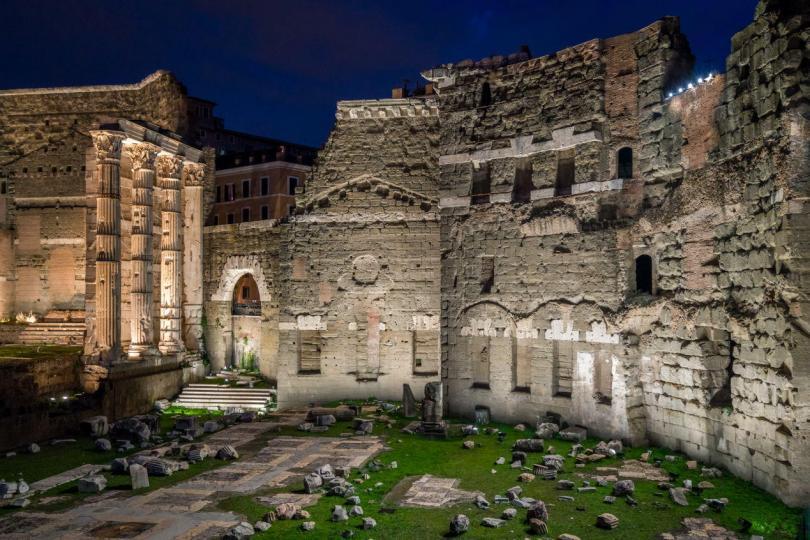

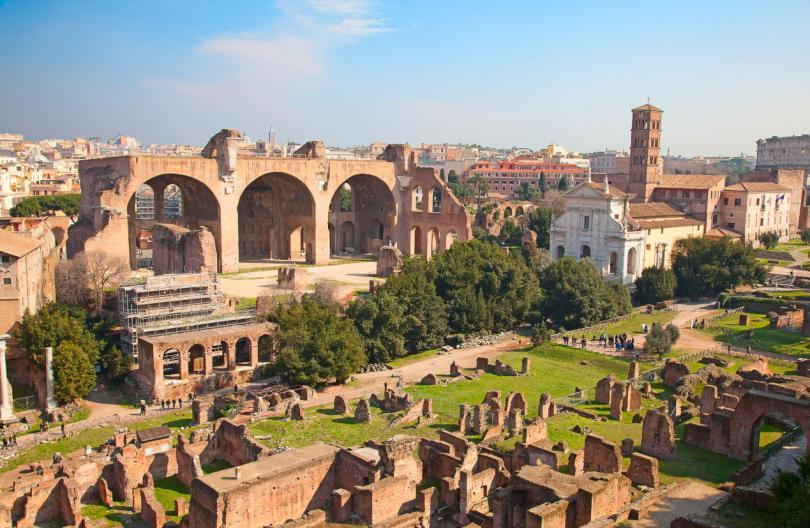
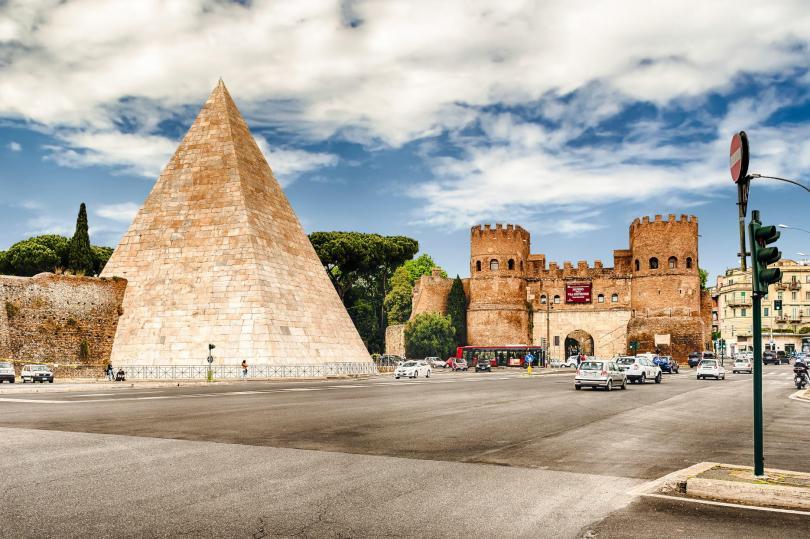
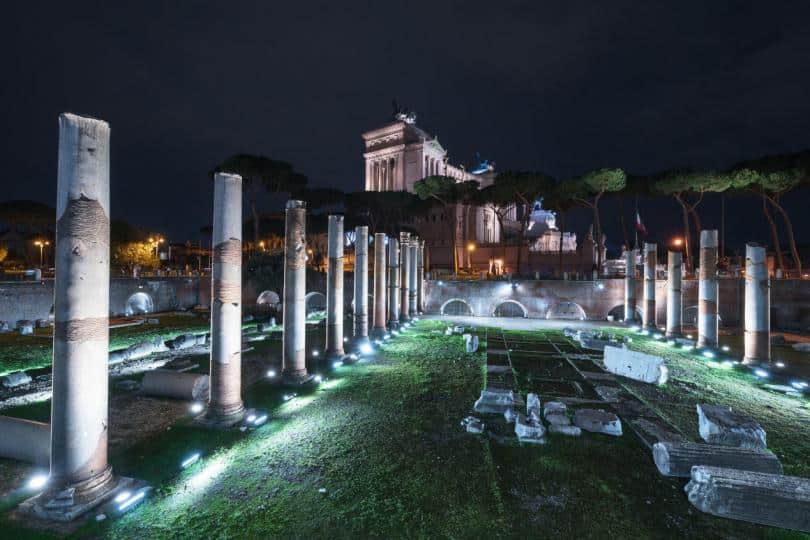
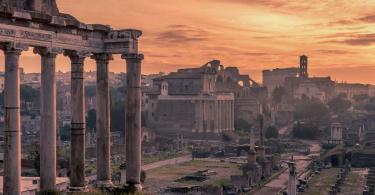
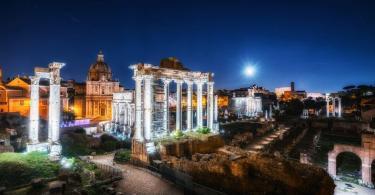
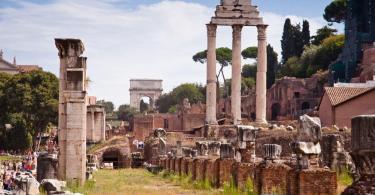
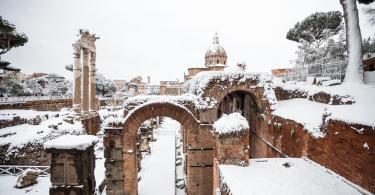
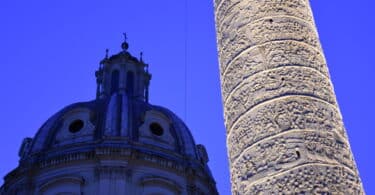

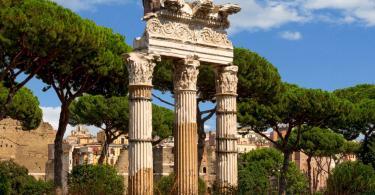
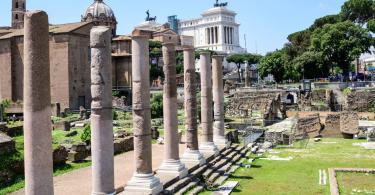
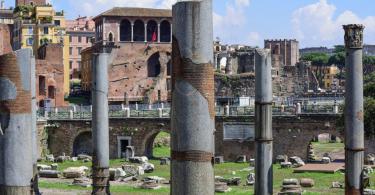

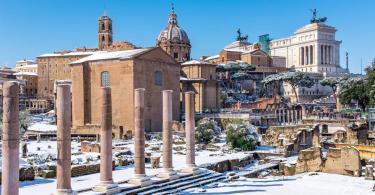
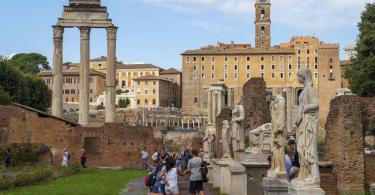
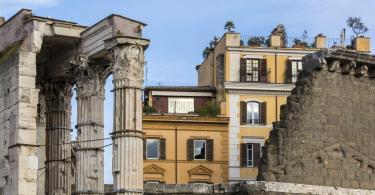
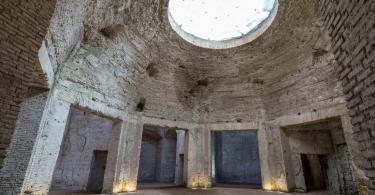

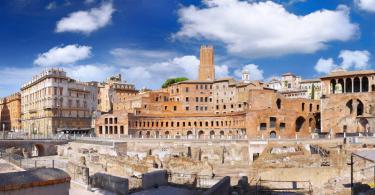
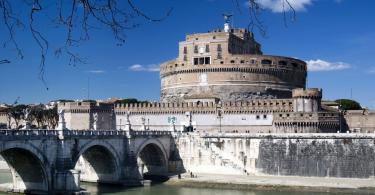

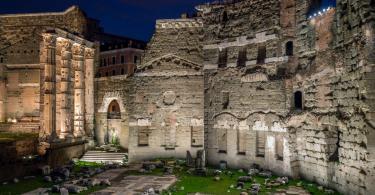
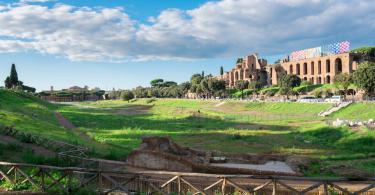
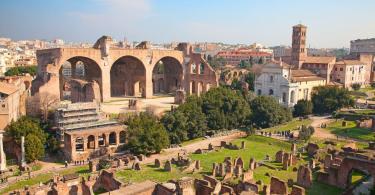
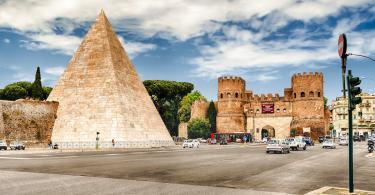

Leave a Comment